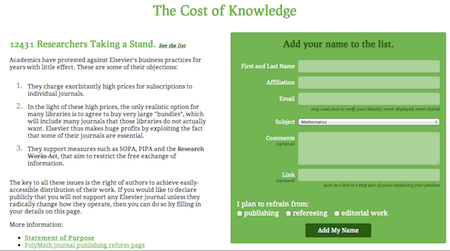Most people think that you can google for everything you want to know. What an overestimate!! There are so many relationships that will probably never turn out in any graph search ( at least I believe so ). And here is a nice example as I recently heard of a patient with an allergy AGAINST dimethindene maleate ( Fenistil (R), an antihistmaine used TO TREAT allergy. So whenever you enter “fenistil allergy” you get 119.000 hits. Although you get that result in 0,23s it will take you 23y to wade through the results. Hint: You could google for “leroy dimethindene” and you will find that there are only 2 patients so far in the literature plus the one that I know.

